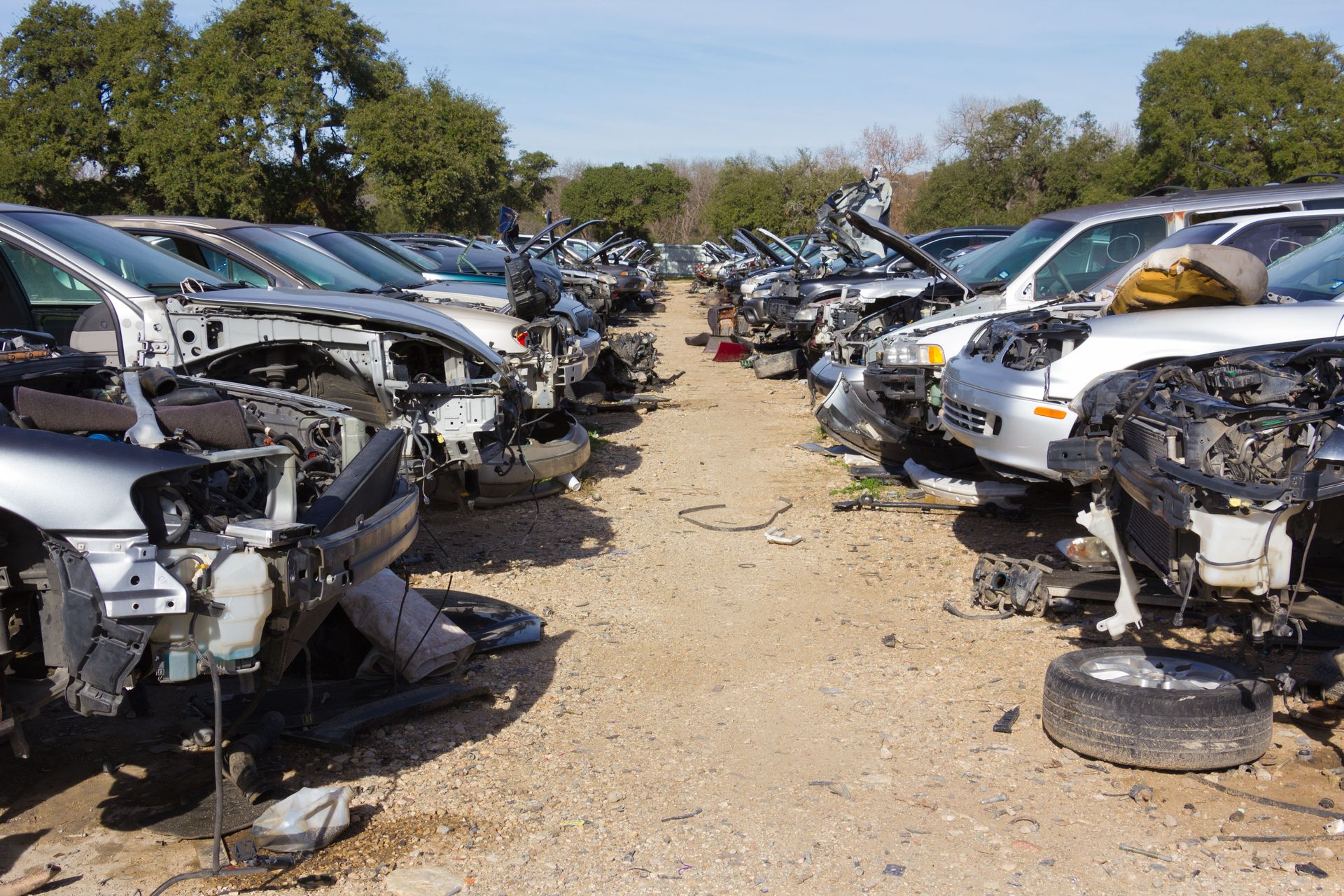The History of Auto Recycling in the United States
Throughout American history, auto recycling has evolved from a modest enterprise into a sophisticated, environmentally beneficial industry. As new car models rolled out of assembly lines, a parallel need for recycling old or damaged vehicles grew, driven by both economic necessity and environmental awareness.
The Rise of Auto Recycling in the 20th Century
According to the New York Times, in the early decades of the 20th century, auto recycling was largely a fragmented and informal sector. During the Great Depression, many Americans turned to recycling as a means of survival, pulling usable parts from abandoned vehicles and scrap yards. The New York Times also reports that World War II further highlighted the importance of recycling, as metal shortages prompted communities to collect and recycle auto parts for the war effort. This marked the beginning of a more organized approach toward auto recycling, though it would be several decades before it gained widespread attention as an industrial process.
Environmental Awareness and Industry Growth
According to Time Magazine, the 1960s and 1970s saw auto recycling emerge as a legitimate industry. The enactment of environmental regulations and growing awareness about sustainability urged many automotive businesses to adopt recycling practices. According to the Automotive Recyclers Association, the professional automotive recycling industry now recycles over 4 million motor vehicles annually in the U.S. and Canada alone. This incredible figure underscores the scale and efficiency of the modern recycling network that has developed.
Modern Auto Recycling and Its Impact
Fast forward to the 21st century, and auto recycling is one of the most significant branches of the recycling sector, as reported by American Recycler. The industry encompasses a wide range of activities—from dismantling and shredding to repurposing materials like metals, plastics, and glass. Advanced technologies and stringent regulations have transformed it into a highly skilled industry, contributing not only to environmental conservation but also to the economy by providing jobs and affordable parts for vehicle repairs. Additionally, auto recycling helps reduce landfill waste and lowers the demand for new raw materials, further solidifying its role in sustainable practices.
The history of
auto recycling in the United States reflects broader social, economic, and environmental trends. With continued advancements in recycling technologies and increasing support for sustainable initiatives, the future of auto recycling looks promising, ensuring long-term benefits for both the planet and the economy. Contact our team at Sunrise Salvage & Transport to learn more or to look into auto recycling.






Share On: